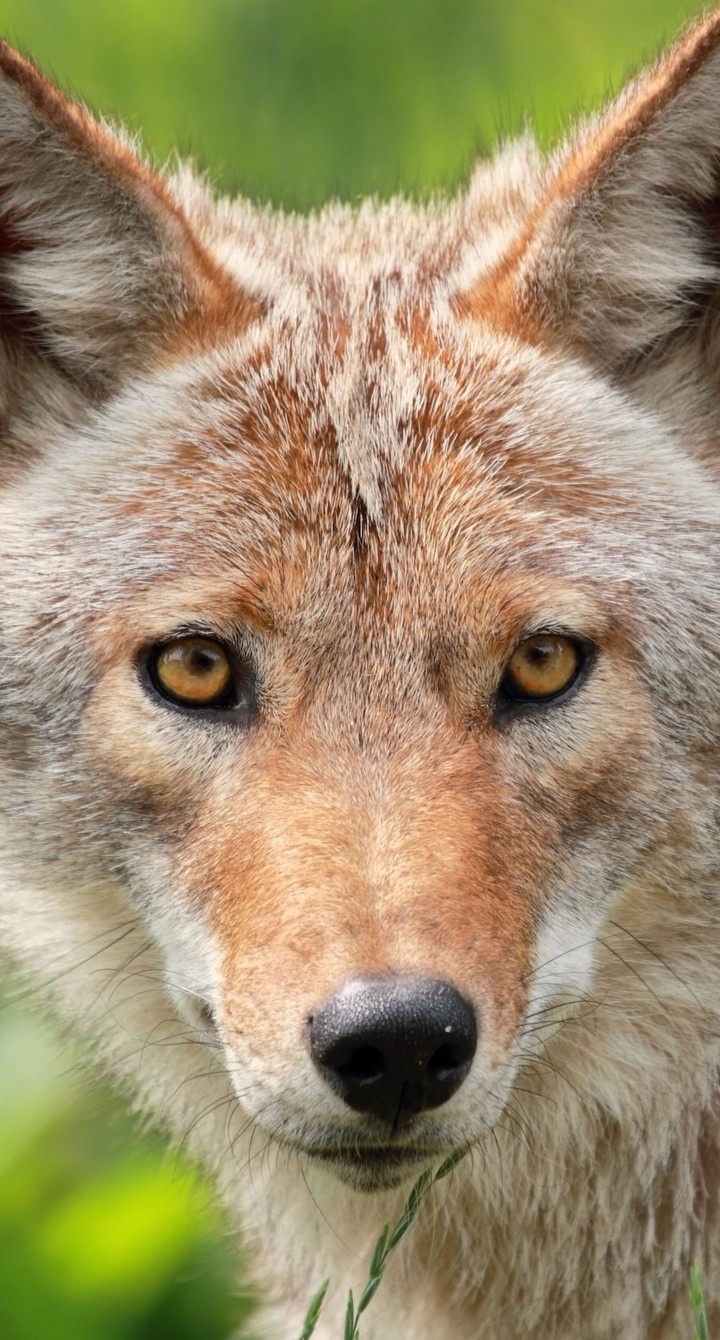- Coyotes as integral to Bay Area ecosystems
- Adaptability and intelligence of coyotes
- Human-coyote interactions and coexistence
- Effective strategies for living alongside coyotes
- Conservation and wildlife management efforts
Coyotes play a vital role in the ecosystems of the Bay Area. They contribute to the regulation of populations of smaller mammals and can help keep various ecosystems balanced. Historically, these adaptable canines have thrived in diverse habitats, from deserts to forests, and their presence in urban environments is an example of their resilience. This article will provide an in-depth look at coyotes, exploring their behaviors, their adaptability, and the ways in which humans can coexist with these ingenious creatures.
Coyotes are a keystone species, meaning they have a disproportionately large effect on their environment relative to their numbers. By controlling populations of rodents and other small mammals, they support plant health and contribute to overall biodiversity. In cities, coyotes help manage urban wildlife populations, demonstrating their importance even in highly developed areas. They are more than just a common sight in the Bay Area; they are fundamental players in the ecological narrative of the region.
Adaptability and intelligence are hallmarks of coyotes. Studies have shown that these animals possess cognitive abilities comparable to those of household pets like dogs. They are capable of learning from their experiences, making them particularly resourceful in changing environments. As urban areas expand, coyotes have adjusted their foraging habits. They often hunt small animals like rabbits or rodents during the night, but they can also thrive on human-generated food sources when necessary. This flexibility is one reason why they have been able to maintain a stable population in the Bay Area even as urbanization continues to encroach on their natural habitats.
Interactions between humans and coyotes can bring challenges, but they can also foster a better understanding of our shared environment. Incidents of coyote encounters have increased as their territories overlap with residential areas. Many residents may see a coyote strolling through their neighborhood or hear its characteristic howl at night. It is essential to respect these encounters and understand that coyotes are generally not aggressive toward humans. Most interactions are harmless; however, it is crucial to take precautions to minimize potential conflicts.
Living alongside coyotes requires proactive strategies. One effective approach is responsible pet ownership. Keeping pets leashed, especially during dawn and dusk when coyotes are most active, can prevent unwanted confrontations. In addition, not leaving food outside—whether pet food, garbage, or scraps—can significantly reduce attractants for coyotes. Educating local residents about coyote behavior and ways to coexist peacefully can lead to improved human-animal relationships. Efforts like community workshops help raise awareness and promote understanding among residents.
Another key aspect of coexistence involves understanding how to respond to coyote sightings. When encountering a coyote, maintaining a safe distance is advisable. If a coyote approaches, making loud noises, such as yelling or using a whistle, can encourage it to retreat. It is vital not to run away, as this may trigger a chase response. If a conflict arises involving a pet, distractions like throwing a rock or making noise can deter coyotes from pursuing.
Conservation measures and wildlife management play significant roles in ensuring the survival of coyotes in the Bay Area. Organizations dedicated to wildlife education and habitat preservation work towards creating initiatives that protect not only coyotes but also the ecosystems they inhabit. Urban planning increasingly incorporates wildlife corridors to facilitate safe movement for coyotes and other animals. These corridors can connect fragmented habitats, allowing for genetic diversity and healthier populations.
The success of these conservation efforts often hinges on community engagement. Fostering a sense of stewardship among residents encourages a culture of respect for wildlife. Schools, community groups, and conservation organizations can collaborate on educational programs, instilling the importance of biodiversity in future generations. Encouraging responsible land-use practices and highlighting the ecological significance of coyotes can benefit both community and wildlife.
Coyotes exemplify the adaptability inherent in many wild species, positioning them as key players in the urban landscape of the Bay Area. Their ability to thrive in both natural and urban settings speaks to their intelligence and resilience. This dual nature poses questions about how humans can better understand and navigate the realities of cohabiting with these wildlife neighbors.
By valuing and safeguarding wildlife, the Bay Area becomes a model for sustainable coexistence, showcasing a commitment to natural heritage.
As urbanization continues, it’s essential to incorporate wildlife education into our communities. By transforming perceptions of coyotes from nuisances to valuable constitutive elements of local ecosystems, we pave the way for more harmonious living. The benefits of this approach extend beyond coyotes to include broader ecological health, creating a richer environment for all species inhabiting the Bay Area.
In summary, understanding coyotes as original Bay Area creatives opens up avenues to respect and appreciate their role in our ecosystem. Their intelligence and adaptability inspire conservation efforts that promote coexistence. Through education and responsible living practices, citizens can appreciate these remarkable animals while ensuring their well-being and safety.
The original Bay Area creatives, coyotes, symbolize the integration of nature into urban environments. Their presence invites us to reflect on our responsibilities toward our wildlife neighbors. The balance between urban development and wildlife conservation is paramount for future generations. Embracing coexistence now can foster a more sustainable environment for all inhabitants of the Bay Area.
*****
Source Description
Meet the original Bay Area creatives: coyotes!
Coyotes are intelligent and adaptable, able to thrive even as wild spaces become cities.
How can we best coexist with these resourceful creatures? See 3 tips in this video!
More:
Meet Your Bay Area Neighbors” link in bio


